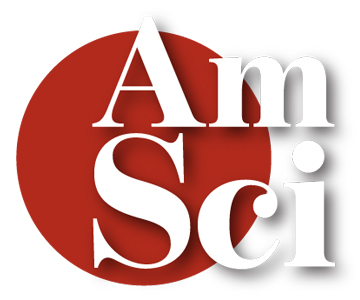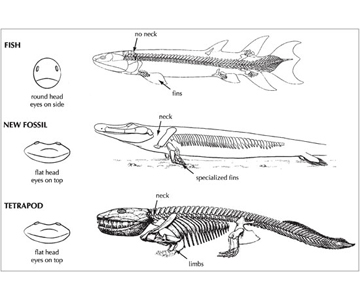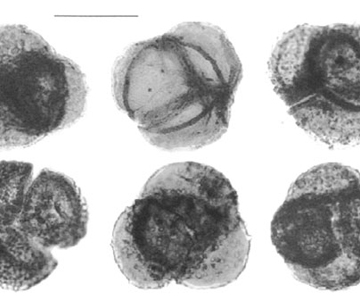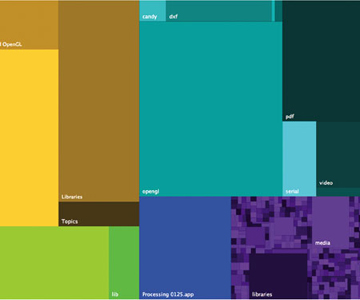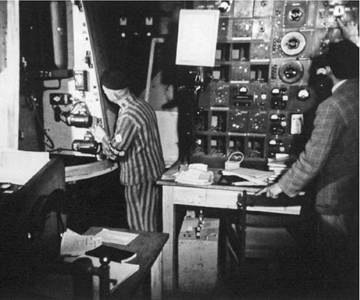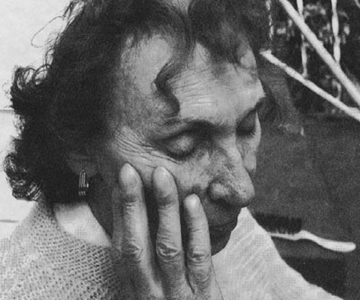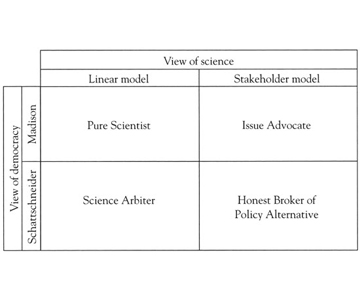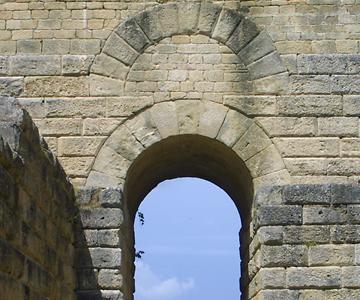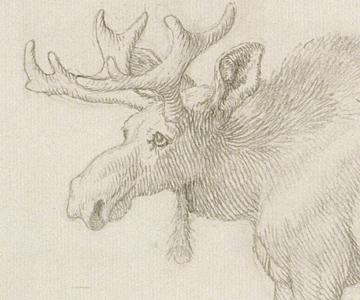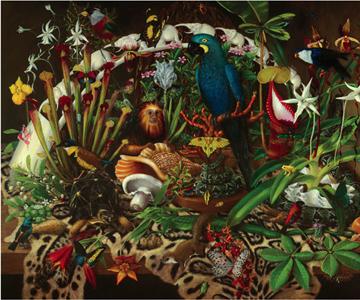Magazine
May-June 2008
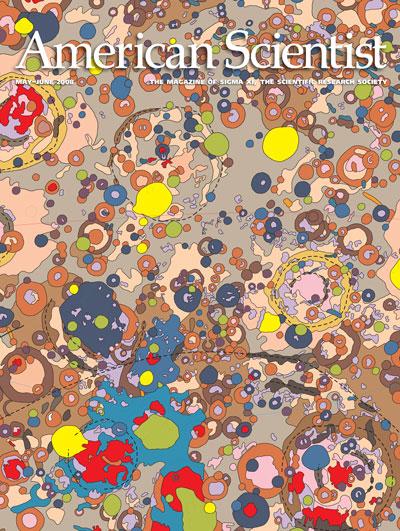
May-June 2008
Volume: 96 Number: 3
The ancients called them maria, mistaking the dark patches on the Moon for otherworldly seas. Astronomers of the modern age knew better, of course, but it still came as a surprise when the first crude pictures of the lunar far side (taken by the Soviet Luna 3 probe in 1959) showed it almost bereft of maria. Better observations of the Moon's hidden face started pouring in a decade later, when the Apollo astronauts began their visits to the Moon. The data collected during that era allowed investigators to construct this detailed geologic map of the central far side, which shows, among other things, the crests ringing various basins (dashed lines). In "The Two-Faced Moon," P. Surdas Mohit explains how careful study of such lunar basins helps to illuminate the Moon's puzzling hemispheric asymmetry. (Lunar geologic map, by Desiree E. Stuart-Alexander, courtesy of the U.S. Geological Survey; visit this Web page.)
In This Issue
- Art
- Astronomy
- Biology
- Chemistry
- Communications
- Computer
- Economics
- Engineering
- Environment
- Evolution
- Mathematics
- Medicine
- Physics
- Policy
- Psychology
- Sociology
The Neglected Side of Parkinson's Disease
Ted L. Rothstein, C. Warren Olanow
Biology Medicine
Shaking and slowness of movement may be the most obvious symptoms, but they are often not the most debilitating ones
Twisting Light to Trap Atoms
Sonja Franke-Arnold, Aidan S. Arnold
Physics
Photons carry a type of angular momentum that can guide, trap and rotate ultracold atoms and particles.
Tip-of-the-Tongue States Yield Language Insights
Lise Abrams
Psychology
Probing the recall of those missing words provides a glimpse of how we turn thoughts into speech and how this process changes with age
Scientists' Nightstand
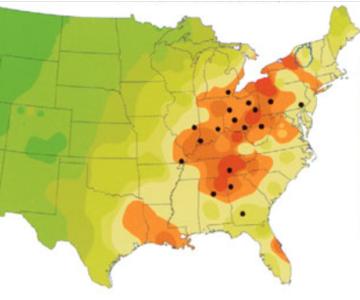
Short takes on two books
David Schneider, Amos Esty
Environment Physics Review Scientists Nightstand
Acid Rain in the Adirondacks: An Environmental History and The Physics of NASCAR: How to Make Steel + Gas + Rubber = Speed
